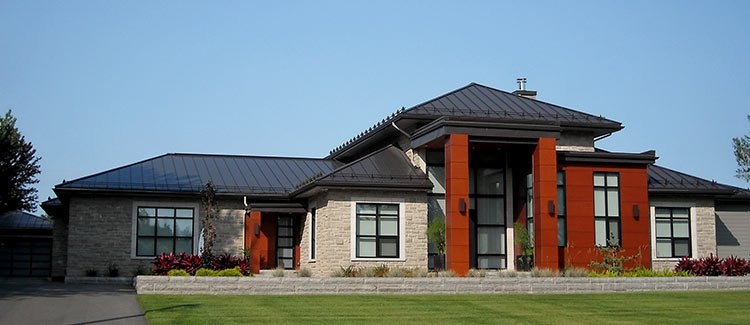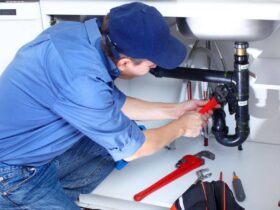According to media outlets, Hurricane Ian struck Fort Myers, FL at 3:00 PM on September 28th. It sustained winds of 150 mph with a destructive storm surge of up 12 feet and produced sustained winds of 150 mph. Although Ian did not directly impact the Tampa area, the storm caused significant damage to local homes and businesses. It will take a while to recover from Hurricane Ian. A Old Time Roofing, a roofing company that can assist homeowners in repairing roof damage, can be a good place to start.
A roof protects your home from severe weather conditions like hail, snow, and high winds. Even the best-maintained roof can be damaged by a severe storm like Hurricane Ian. It is important to inspect the roof from the ground after a hurricane passes.
Although some damage is obvious, professional roofers may need to inspect the roof for additional damage. Even minor storm damage can cause structural problems that often require costly repairs.
Some homeowners are unsure of when it is best to contact a roofing company for Hurricane Damage Repairs. These are the methods they use to determine if a roof is damaged by hurricanes and needs immediate repairs.
SHINGLE DAMAGE
Strong winds can cause roof leaks by blowing off or losing shingles. If you find shingles in your yard or driveway, call a roofing company immediately. High winds, severe hail storms, and flying debris can cause shingles to crack, bend or break or warp or buckle. These shingles are not efficient and can expose your home to the elements.
HIGH WIND
Hurricanes can bring powerful storms with strong winds. Ian sustained winds of up to 155 mph as a Category 4 hurricane. These winds carry debris that is thrown around and cause additional damage. Trees, furniture, and other debris can indicate that the roof is in need of repair.
LEAKS
After a storm, a roof can leak. Water can seep through a roof or drainage system that is not functioning properly. Check the ceiling and attic walls for signs of water damage and discoloration. Even a small leak can cause serious damage to your home’s interior and may need to be repaired.
GRANULE LOSS
Storms can make the protective granules of old shingle roofs more susceptible to erosion. A storm can lead to significant amounts of granules in gutters and downspouts, which usually indicate that a roof replacement may be imminent. A roofer will inspect the roof and recommend the best roofing materials.
CLOGGED OR BROKEN GUTTERS
After a storm, homeowners should inspect their gutters. To allow the gutters to drain, check for any clogs. Blocked gutters can cause water to overflow into the foundation of the home and damage it, putting the structural integrity at risk. If necessary, inspect the gutters for damage or dents and loose fittings and attachments.
FLASHING DAMAGE
After a storm, pay attention to flashing around roof valleys and chimneys. Flashing provides protection against water infiltration but is susceptible to damage during adverse weather conditions. If the flashing is missing, broken, or cracked, the roof must be repaired immediately to stop water from entering.
Homeowners can save significant money by identifying the signs of roof damage early and calling a professional roofing contractor to complete the repairs.
This post was written by Ted Williams! Ted is the owner of Old Time Roofing which offers the best Pinellas County roofing! Ted is a Master Elite Weather Stopper GAF Roofing Contractor, a double award winner of Best Steep-Slope Contractor from GAF, and an achiever of Master Elite Consumer Protection Excellence from GAF. He has been serving the Pinellas County area since 1978. Old Time Roofing has a tradition of quality workmanship, servicing residential and commercial properties.




